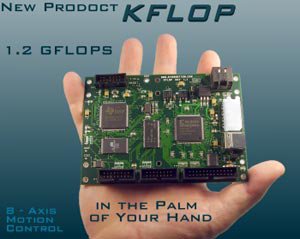- Joined
- Nov 8, 2012
- Messages
- 783
Question ????
I'm considering a future CNC conversion, but want to have DRO on my mill now.
I'm assuming one still needs to mount scales for a CNC set-up.
Can CNC software be used for the DRO indications without having full CNC conversion ???
Another way to put it. Will it work if I mount DRO scales (I'm assuming cheaper to buy without display) and connect to computer with CNC software and be able to use the DRO readout while using manual control ???
Or would I be better off with a standard DRO for now and worry about CNC when I've made the choice ???
I'm considering a future CNC conversion, but want to have DRO on my mill now.
I'm assuming one still needs to mount scales for a CNC set-up.
Can CNC software be used for the DRO indications without having full CNC conversion ???
Another way to put it. Will it work if I mount DRO scales (I'm assuming cheaper to buy without display) and connect to computer with CNC software and be able to use the DRO readout while using manual control ???
Or would I be better off with a standard DRO for now and worry about CNC when I've made the choice ???


